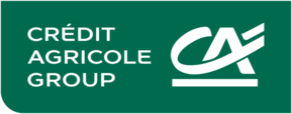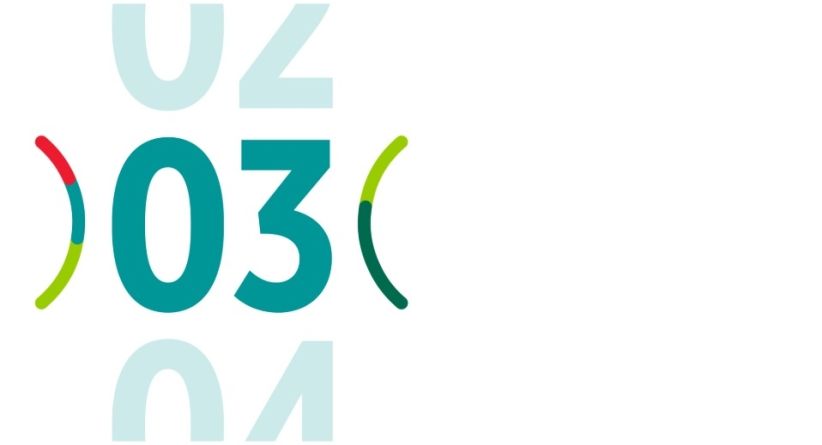
ECO Tour 2023 – Getting better but to be confirmed
While inflation dominated proceedings in 2022, in 2023 the spotlight will be on growth.
Although inflation continues to leave its mark everywhere, there are more and more signs that the situation is easing, with inflation falling in both the US and Europe as global supply chain pressures abate and commodity prices come down. Assuming there are no further price shocks, this decline in inflation could even become more pronounced in the second half of the year as a result of strong base effects, notably in energy prices, and the expected cooling of the global economy. In the meantime, central banks, which have made combating inflation a top priority, will continue with their monetary tightening – albeit at a slower pace – long enough to allow the disinflation process to consolidate.
So global growth is going to have to contend with still high but falling inflation, rapidly hardening global financial conditions and energy markets still hostage to geopolitical tensions. While caution is still the order of the day, growth has thus far proved resilient.
In Europe in particular, the dreaded energy crisis has, in the end, been less severe than expected. Relatively mild weather, diversification of gas supplies and energy-saving efforts have helped defuse energy market tensions and ward off the spectre of forced rationing and partial power cuts, particularly damaging to energy-intensive industries. Supply-side constraints affecting sectors like automotive and aerospace, hit hard by global supply issues both during and coming out of Covid, are easing. However, demand-side difficulties are worsening in some sectors. After a strong post-Covid mechanical rebound, the construction sector continues to adjust in line with less buoyant property market conditions. The retail and services sectors also lack momentum as households, their purchasing power still eroded by inflation, cut spending.
All in all, while the risk of recession appears to have receded in both France and the rest of the eurozone, growth is liable to remain sluggish and sensitive to the slightest new shock.
To find out more
Take a look at ECO Tour 2023, the annual report where expert economists and consulting engineers from Group Economic Research lift the veil on the state of the French economy, sector by sector, in 2023.











